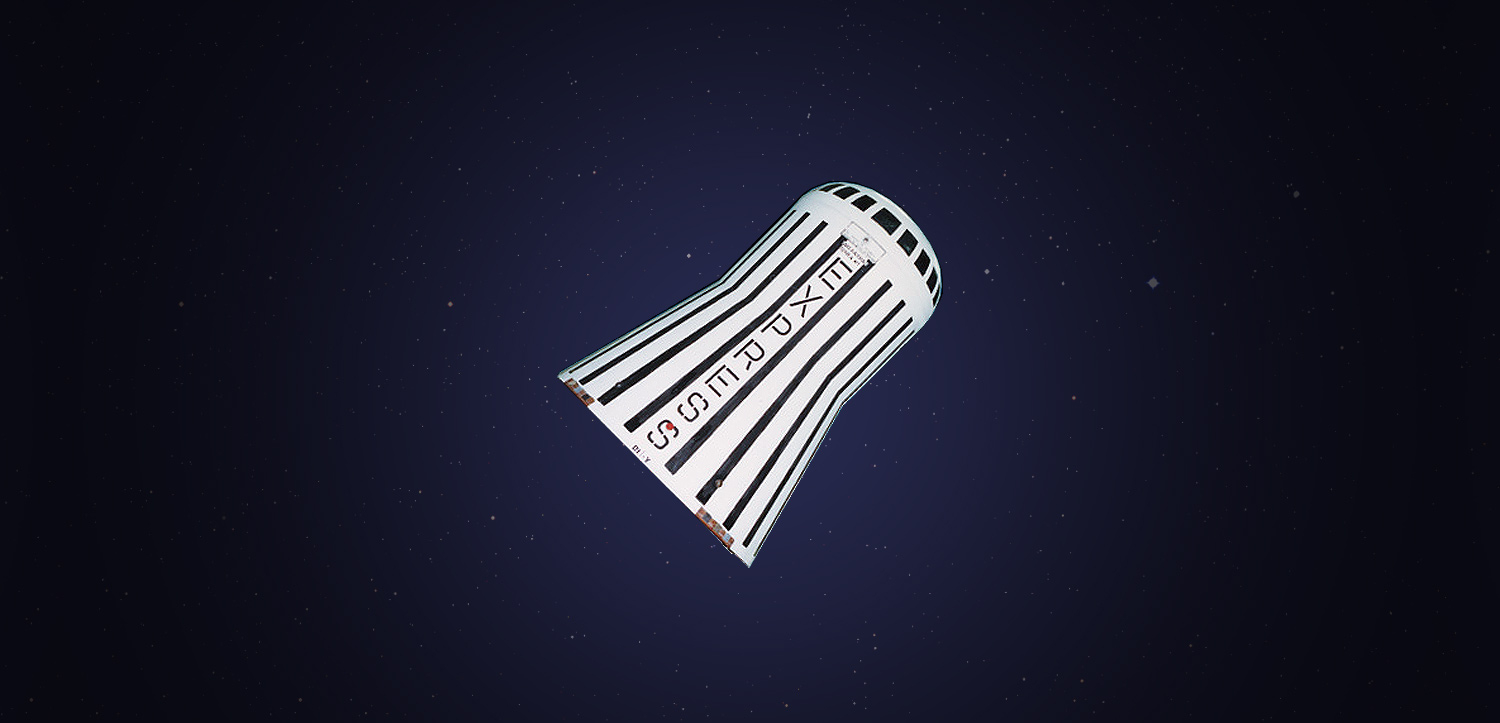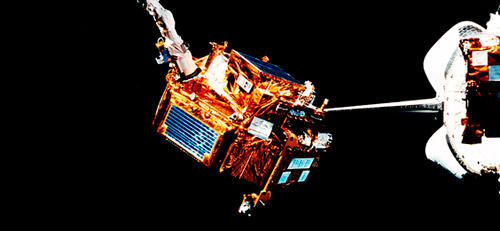| Name (pre-launch in parentheses) | EXPRESS |
|---|---|
| Objectives | 1.Establishment of opportunities to conduct flexible, proactive space environment utilization experiments. 2.Technological development to promote industrial utilization of space environment 3.Research on reentry and retrieval technology |
| Launch Date | 22:45, January 15, 1995 (JST) |
| Launch Location | Kagoshima Space Center (Uchinoura) |
| Launch Vehicle | M-3SII-8 |
| Weight | 770kg |
| Dimensions | Overall length 2.2m, diameter 1m (at connecting entry module and service module) Including solid rocket for orbital escape |
| Orbit Altitude | Perigee 210 km, Apogee 400 km (planned) |
| Orbit Inclination | 31° (planned) |
| Type of orbit | Elliptical |
| Orbital Period | 90 min (planned) |
| Scientific Instruments | Heating furnace for catalyst-generation experiment (CATEX), etc. |
| End of Operation | January 15, 1995 |
| Reentry Date | January 16, 1995 |
| Operation | After entry into orbit, a catalyst-generation experiment for oil refining was to have been conducted for five days, and about 10 hours later, the solid-rocket motor was to have been ignited to allow the reentry module to escape from earth orbit for retrieval. A malfunction of the rocket's second stage, however, caused EXPRESS to failed to enter the planned orbit. It reentered the earth during its third rotation around the earth. The satellite fell to earth 10 months later and was discovered in Ghana and recovered. (Photo: recovered EXPRESS) Post-recovery analysis allowed us to obtain data on the capsule’s thermal-resistance performance, condition of onboard instruments and flight results. |



